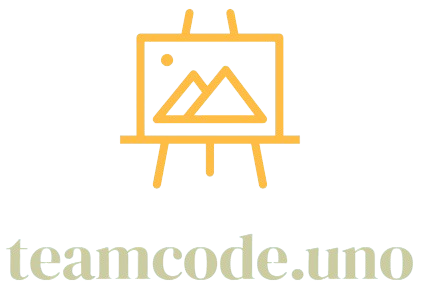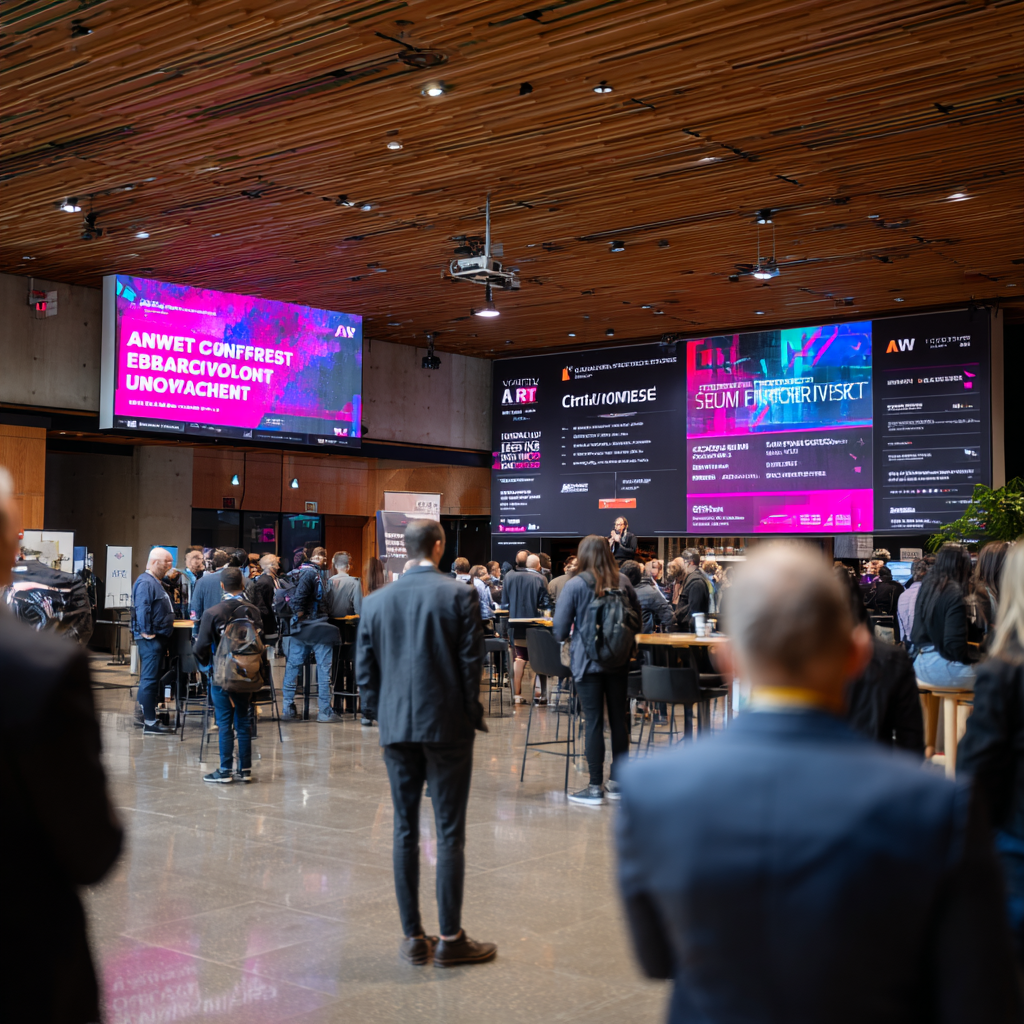While content, networking, and technology are crucial components of a successful business conference, the true magic often lies in the intangible: the human element. It’s about fostering a sense of community, facilitating genuine connections, and creating an atmosphere where attendees feel valued, inspired, and part of something larger. Neglecting this human aspect can turn even the most well-organized event into a sterile collection of presentations.
Cultivating a Sense of Community:
- Shared Purpose and Belonging:
- Clearly articulate the conference’s overarching mission and values. This helps attendees understand why they are there beyond individual sessions and fosters a sense of shared purpose.
- Create a welcoming environment from the moment attendees register, making them feel like they are joining a tribe.
- Icebreakers and Facilitated Introductions:
- Design informal icebreaker activities, especially for first-time attendees, to ease them into networking.
- Organize facilitated networking sessions (e.g., speed networking, themed roundtables) where organizers make initial introductions.
- Dedicated Social Spaces:
- Beyond formal networking receptions, provide comfortable, informal lounge areas or cafes where attendees can relax, recharge, and have spontaneous conversations.
- Consider “silent networking zones” for those who prefer quieter interactions.
- Interactive Elements in Sessions:
- Encourage speakers to incorporate polls, group discussions, or short activities that get attendees interacting with each other, not just the speaker.
- Use Q&A platforms that allow attendees to upvote questions, giving a collective voice to the audience.
- Community Hub (Online/App):
- Leverage the event app or a dedicated online platform as a year-round community hub, allowing attendees to connect before, during, and after the event. Facilitate discussions and resource sharing.
Fostering Genuine Connection:
- Emphasize Quality Over Quantity in Networking:
- Encourage attendees to aim for a few deep, meaningful conversations rather than collecting a pile of business cards.
- Provide tools (e.g., event app, note-taking prompts) that help attendees remember specific details about their interactions.
- Staff as Facilitators:
- Train event staff to be more than just logistical support. Empower them to be connectors, making introductions between attendees with shared interests.
- Ensure staff are friendly, approachable, and knowledgeable, acting as the welcoming face of the conference.
- Speaker Accessibility:
- Encourage speakers to make themselves available for a short period after their talks for questions and informal chats.
- Organize “Meet the Expert” sessions or designated speaker lounges where attendees can interact more intimately.
- Shared Experiences Beyond Sessions:
- Organize optional social events (e.g., city tours, themed dinners, informal gatherings) that allow attendees to connect in a relaxed, non-business setting.
- Consider wellness activities (e.g., morning yoga, meditation sessions) that build camaraderie and support overall well-being.
- Storytelling and Personal Narratives:
- Encourage speakers to share personal stories and vulnerabilities. This creates relatability and humanizes the content, fostering empathy among attendees.
- Provide platforms (e.g., open mic sessions, digital boards) for attendees to share their own experiences and insights.
The Impact of the Human Element:
When the human element is prioritized, a conference transforms from a series of events into a vibrant ecosystem of ideas, support, and collaboration. Attendees leave not just with new knowledge, but with new contacts who feel like trusted peers, potential partners, or even friends. This deep sense of connection is what drives repeat attendance, organic word-of-mouth promotion, and the creation of lasting impact that extends far beyond the conference dates. Ultimately, the most successful business conferences understand that at their core, they are about people connecting with people, fostering growth both personally and professionally.


Leave a Reply